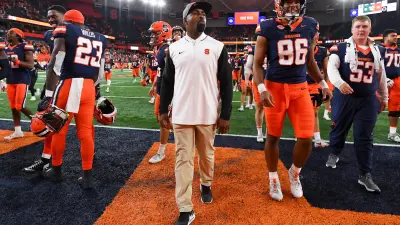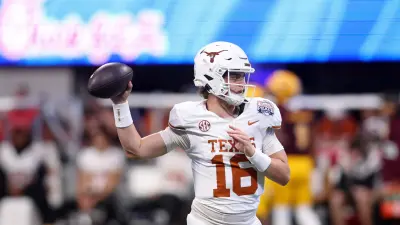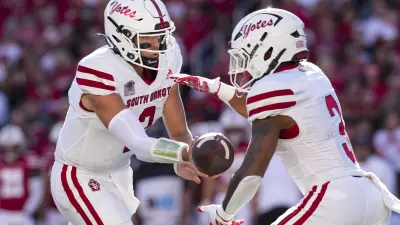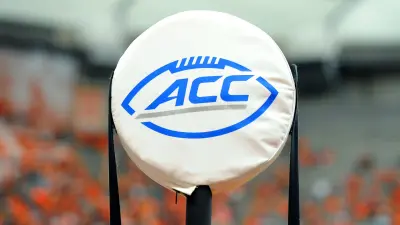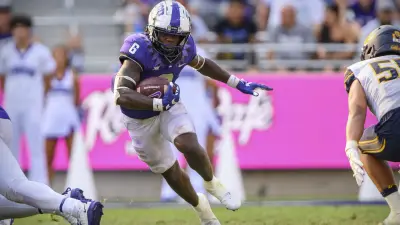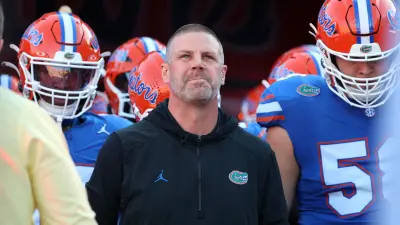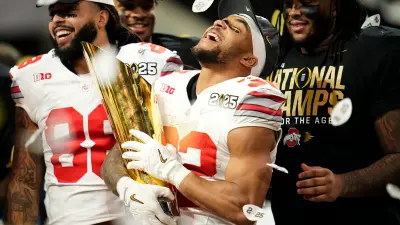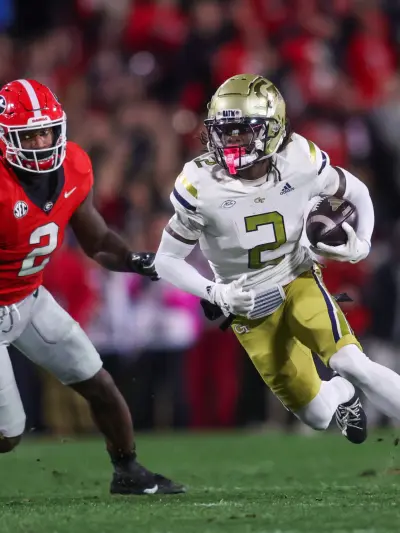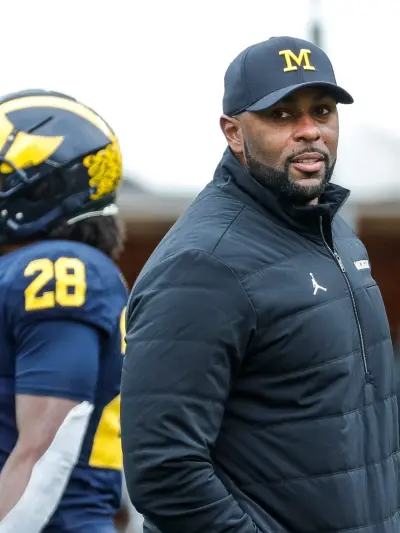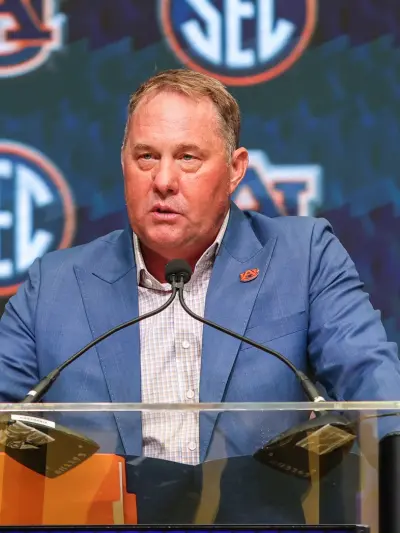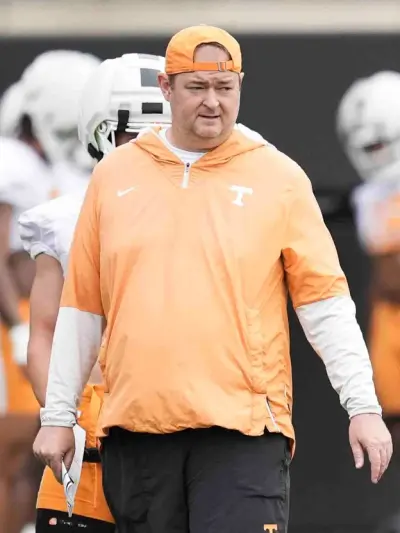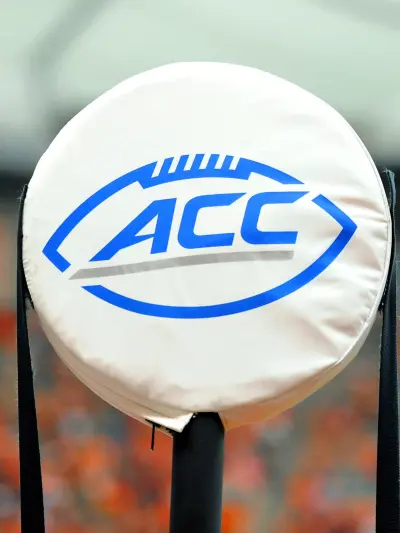by Kyle Golik
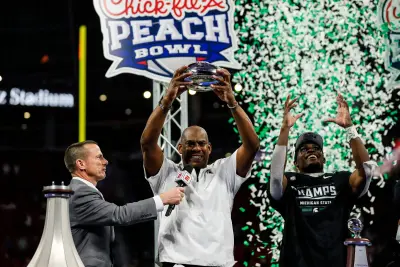
5. Michigan State had a strong “fear of loss” feeling on extension.
After the program’s all-time winningest coach, Mark Dantonio, announced his retirement following the 2019 season, the program had regressed from the heights it enjoyed in the early part of the decade.
Dantonio, between the 2010 and 2016 seasons, won 11 or more games five times, which included three New Year’s Six bowl appearances and Big Ten championships, as well as a College Football Playoff appearance.
Michigan State took advantage of the fact Michigan and Penn State were down, and Ohio State was dealing with the fallout of the illegal tattoo scandal. What changed in the conference was Ohio State getting Urban Meyer, Penn State getting James Franklin, and Michigan getting Jim Harbaugh.
While Michigan State was a steady program under Dantonio, it regressed significantly.
When Tucker was able to lure in running back Kenneth Walker III in the transfer portal and put together a very successful 2021 season that culminated with a Peach Bowl win versus Pitt, the program’s first New Year’s Six Bowl win since the 2015 Cotton Bowl over Baylor, it looked like they found their coach.
More Sports News
The pressure to stave off LSU overtures and keep up with their Big Ten East foes drove this contract extension. with LSU looking to fill a head coaching vacancy (Tucker was a defensive backs coach in 2000), the program felt the pressure to invest.
The result was a 10-year $95 million contract in Tucker.
In a lot of ways, it was a combination of a “fear of loss” feeling as well as “little brother syndrome” trying to keep up with Michigan and Jim Harbaugh were motivating factors.
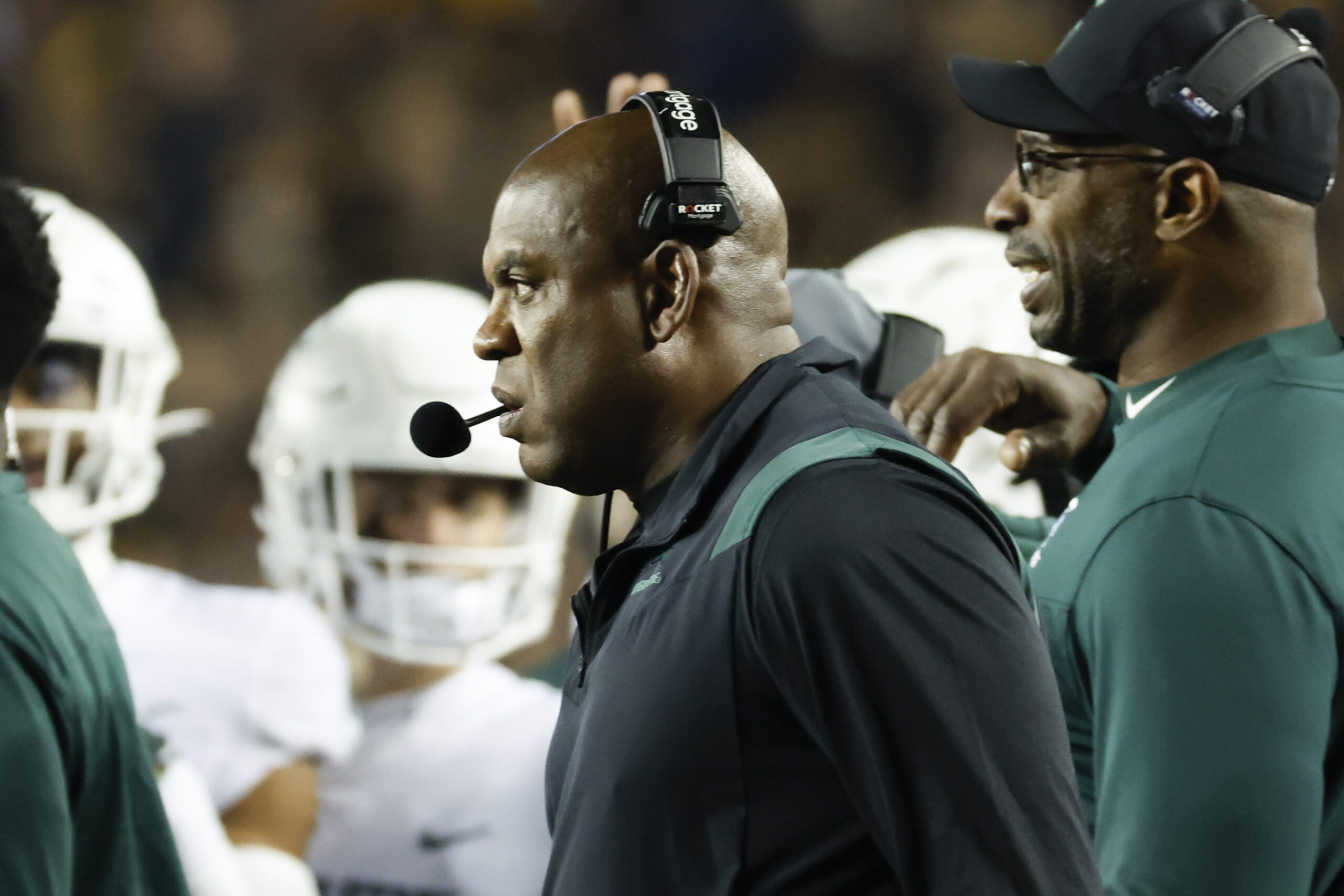
4. Michigan State dodged a major bullet
The 2022 season was a disaster on all fronts for Michigan State.
On the field, the program regressed from an 11 win campaign plus a New Year’s Six bowl win in 2021 to a five-win and no bowl in 2022.
The season was mired by the tunnel incident that occurred at Michigan Stadium following 29-7 loss to in-state rival Michigan, where several Michigan State players assaulted a Michigan player. Tucker, following the incident, looked lost and had no control over his program.
The lowlights continued into the offseason, when both starting quarterback Payton Thorne and wide receiver Keon Coleman transferred out of Michigan State.
With the feeling of major regression within the program, the lack of control of the incident at Michigan, plus Tucker not possessing a proven head coach track record to believe that he could produce more 2021 seasons, it looked more and more by the day that the contract Michigan State gave Tucker was as bad if not worse than Jimbo Fisher’s at Texas A&M.
If anything, Michigan State washed its hands of this situation and learned a valuable lesson of truly vetting a coach before severely overspending.

3. MSU Administrators were not going to have a Nassar 2.0 situation
Michigan State was embarrassed following how it mishandled the Larry Nassar situation and was not going to allow it to happen again. Over 330 different women have accused Nassar of sexual assault, whether it was with USA Gymnastics or Michigan State University.
With the Nassar case so fresh in people’s minds, the last thing Michigan State could afford is another situation.
When Brenda Tracy, an advocate for sexual assault survivors, filed a sexual harassment complaint against Tucker, the Michigan State administration had to take it seriously and investigate it thoroughly, something it did not do during its Nassar investigations.
Tucker’s defense was the relationship with Tracy was consensual. When that wasn’t apparent, the university started checking all the boxes in the investigation, doing its due diligence.
While this doesn’t make up for the Nassar affair, the university demonstrated it is competent and can properly handle explosive complaints and get to a proper resolution.
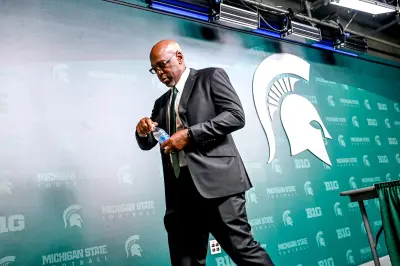
2. Whoever the next head coach is for Michigan State has a tough road ahead
My colleague Mike Huesmann outlines top candidates to replace Mel Tucker, but whoever takes the job has a tough job ahead of them.
Currently, interim coach Harlon Barnett is trying to keep the team together. With Michigan State suffering significant transfer portal departures this past offseason, the goal for Barnett is to create unity among the players.
Even if he is successful, the Big Ten adds Washington, Oregon, Southern California, and UCLA to conference play in 2024.
I don’t feel Michigan State is remotely close to being on par with any of these programs, and when you add Penn State, Ohio State, and Michigan to the mix, Michigan State, at best, is a middle power in the Big Ten.
Whoever takes this job, has to now factor in they got to keep together this team, plus they got to take over a program that is much closer to the bottom of an 18-team league than it is to the top, and it is not getting any easier.
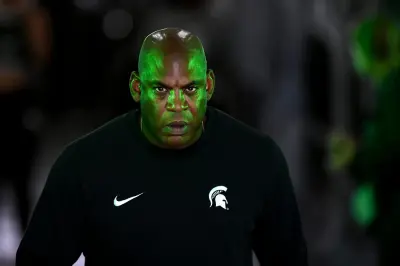
1. Mel Tucker can only blame himself
Tucker needs to look into the mirror and realize he fumbled away over $80 million because he could not conduct himself as a professional.
When I saw Stewart Mandel’s retweet of The Athletic’s Nicole Auerbach, who got a copy of the apparent termination letter that the university was sending to Tucker, my jaw dropped.
https://twitter.com/slmandel/status/1703867664572325980
I am not here to suggest what Tucker should have done, when you are getting paid nearly $10 million a year, you are afforded accommodations that the common worker isn’t.
If he felt the urge to do what he did, he had the facilities to do this privately and without anyone’s knowledge of doing this. The fact he felt comfortable enough to engage in this behavior in a professional atmosphere is appalling.
Tucker wasn’t a rookie coach. He has been coaching in football since the 1990s; he is not naive.
This poor decision-making is one that will haunt him for the rest of his career, no matter what the endeavor is, and Tucker only can blame himself.


